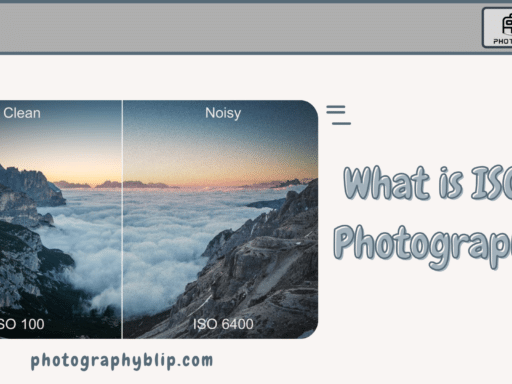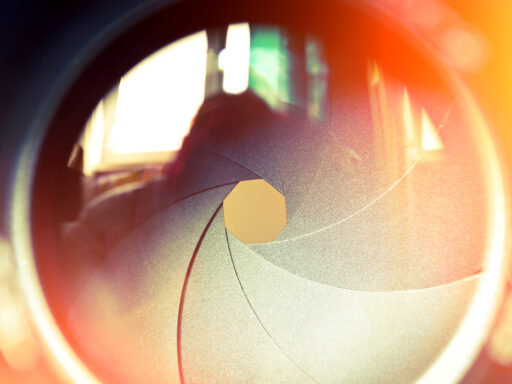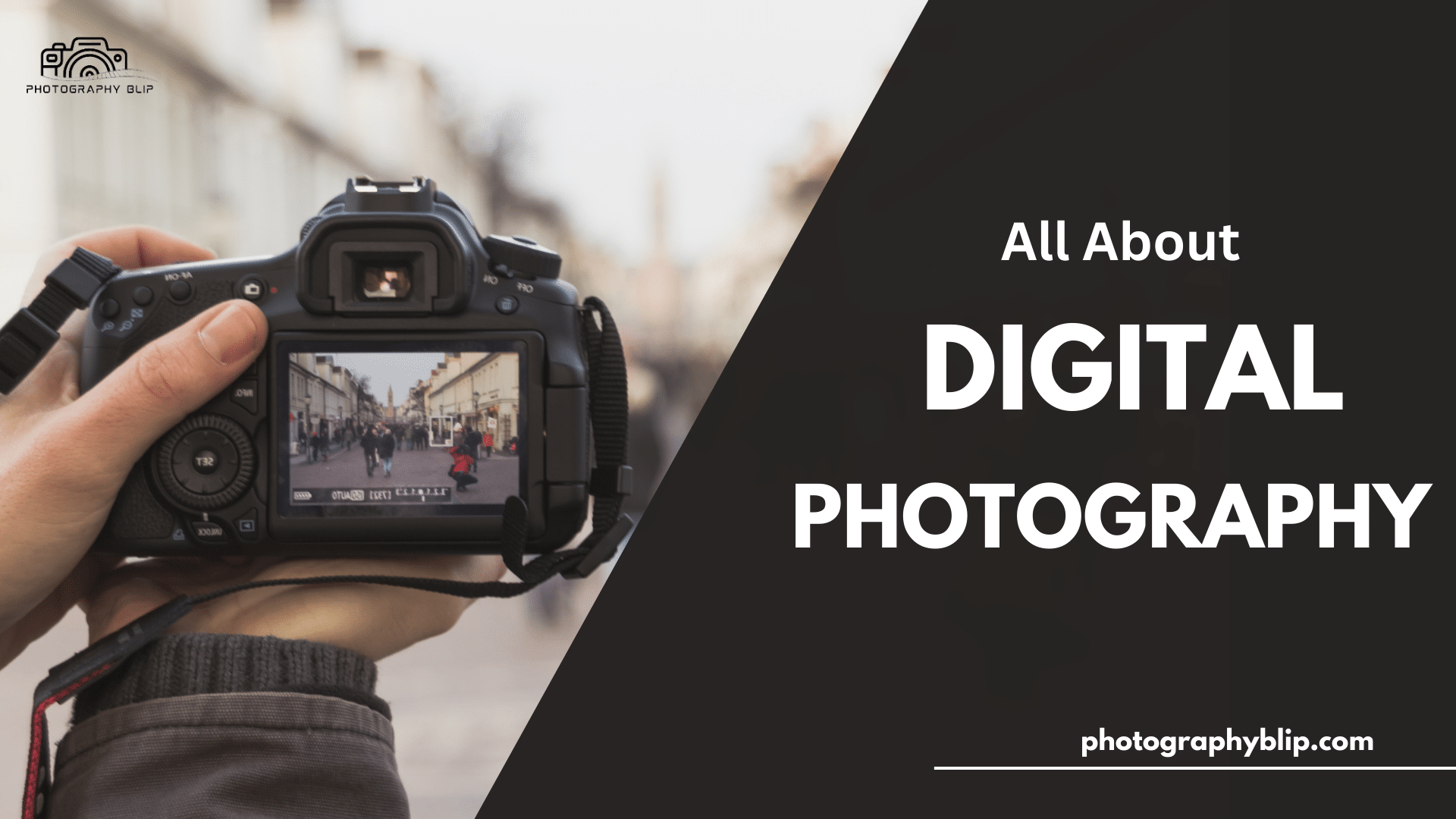
Hey people, imagine a world where every moment is at your fingertips, frozen, edited, and shared with just a tap. No matter if you’re capturing your puppy’s first splash in a puddle or chasing that golden sunset, digital photography has turned us all into artists of everyday life. But what exactly is it? Let’s take a playful plunge into digital photos, where sensors, pixels, and a bit of tech magic come together to create memories that last forever. Ready to snap into the future of photography? Let’s go!
History of Digital Photography
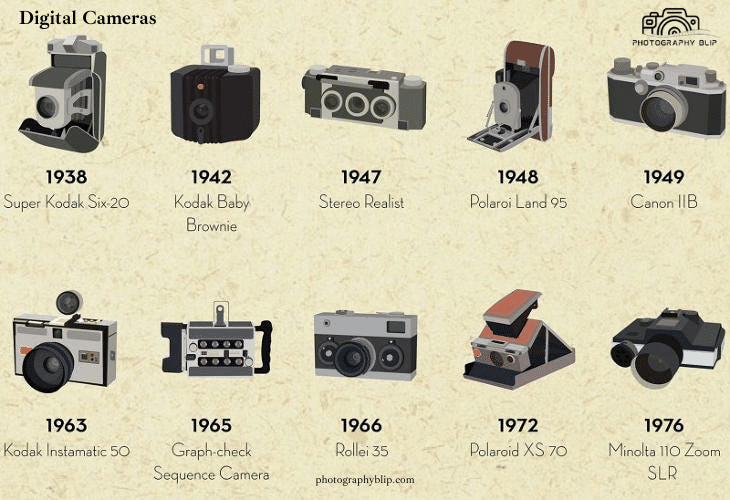
The history of digital photography definition is one of invention that has permanently altered our perception of the world.
1. How Everything Started
The First Spark
Imagine this: technology is developing quickly in the 1960s. Before Bell Laboratories invented the charge-coupled device (CCD) in 1969, the concept of electrically collecting light was still nothing more than a pipe dream. This was revolutionary because it made it possible to transform images into digital data.
2. Presenting the First Digital Camera
Let’s go back to 1975 when Kodak’s Steve Sasson created the first digital camera. It was heavy, used black and white film, and took an astounding 23 seconds to record one picture to a cassette tape. But guess what? When it came to creating the digital photo of today, it was the future.
3. The Consumer Revolution
The 1990s witnessed the introduction of digital cameras into the market, largely due to the efforts of firms like Nikon and Canon. DSLR cameras gained enormous popularity in the early 2000s as a result of improved aperture and setting controls, which combined pro-level quality with the ease of digital photography. Immediate results replaced film and waiting as the new norm.
4. Smartphones
The Pocket-Sized Revolution
Subsequently, the smartphone revolution in digital photography occurred. These days, we always have amazing cameras in our pockets that allow us to take high-quality pictures easily. Smartphones allow everyone to become their own photographer and create the concept of a digital picture. The evolution has been extraordinary.
5. Marvels Without Mirrors and Beyond
As if things couldn’t get any more thrilling, mirrorless cameras are currently sweeping the globe. These small, powerful alternatives to DSLRs offer pro-level performance, altering how light enters the camera and how we make our photographs, thanks to bigger apertures and sophisticated features like aperture priority mode.
How Digital Photography Really Operates?
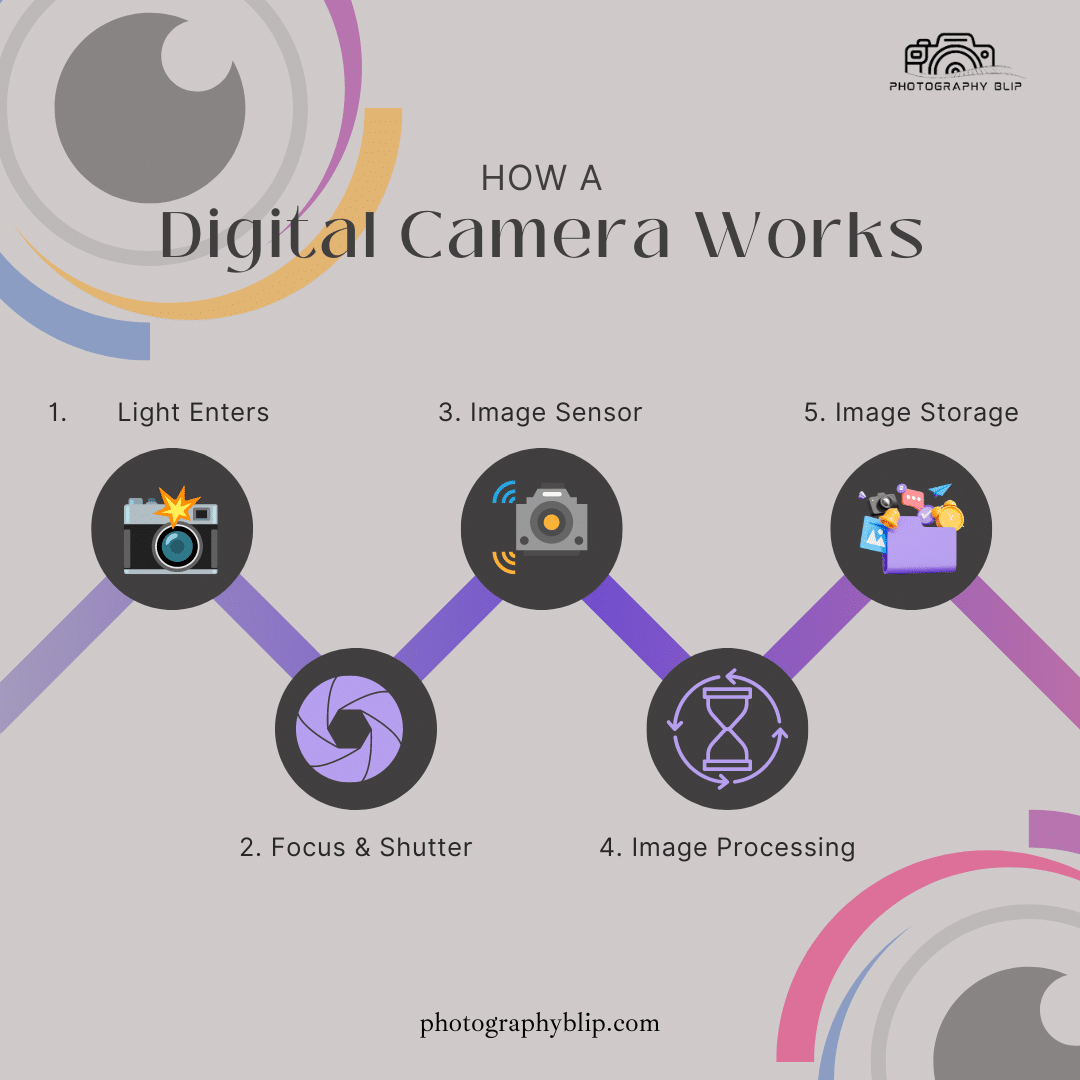
The Amazing Science That Creates the Images
Every digital photography setup has an interesting system of camera settings at its core that aid in capturing light and converting it into data. However, how does it work?
- The Magic of the Sensor: Light is converted into electrical impulses by a sensor (either CCD or CMOS) found in every digital camera. The amount of light that enters is determined by the aperture, and each sensor has millions of pixels that capture light from various areas of the scene. What was the outcome? a digital picture with great resolution.
- Resolution and Pixels: A higher pixel count results in a crisper image. This is why stop number and focal length are important. The degree of sharpness or blurriness in an image is also largely determined by aperture priority and narrower apertures. Smaller apertures in digital photography can result in deep focus, whilst larger apertures will yield a shallow depth of field.
- Flexibility in Storage: The significance of digital photography is brought to life with flexibility. Memory cards are used to store digital images, enabling hundreds of shots without changing film. Your shots are instantly visible, and editable.
Advantages of Digital Photography

What makes digital photography the preferred option for fans, pros, and everything in between? Let’s break it down.
1. Immediate Results
Do you recall the excitement of waiting several days for the film to develop? Not any longer. You can look at your photo as soon as you snap it while using digital photography. With instant feedback, you can experiment without limitations by quickly adjusting the shutter speed or aperture settings.
2. Cost-Effective
Though expensive, film photography was enjoyable. In every developing session, each roll of film is added up. With digital, however, there are no continuous expenses for film or development after you have your camera. Furthermore, by avoiding the chemicals used in film processing, you are protecting the environment.
3. Endless Storage
Endless Creativity
You don’t have to be concerned about running out of film. Thousands of images can be stored on digital memory cards, and the options are endless when it comes to hard drives or cloud storage. You don’t have to hold back when shooting, especially when using higher f stops, to have the most control over exposure.
4. Edit Like a Pro
This is where the action really picks up. The definition of digital photos offers never-before-seen editing options. You can create effects that were not feasible with film by cropping, adjusting exposure, adjusting colors, and more with software like Photoshop or Lightroom. The only limits are your imagination and aperture priority setting to help you get those artistic photos.
5. Immediately Share and Show Off
And what about the magic of digital? In just a few seconds, you can share your images with anyone, anywhere. Digital photography increases global connectivity and increases the visibility of your creative, whether you’re using it for client submissions, Instagram posts, or email correspondence with family and friends.
Digital Photography in Action
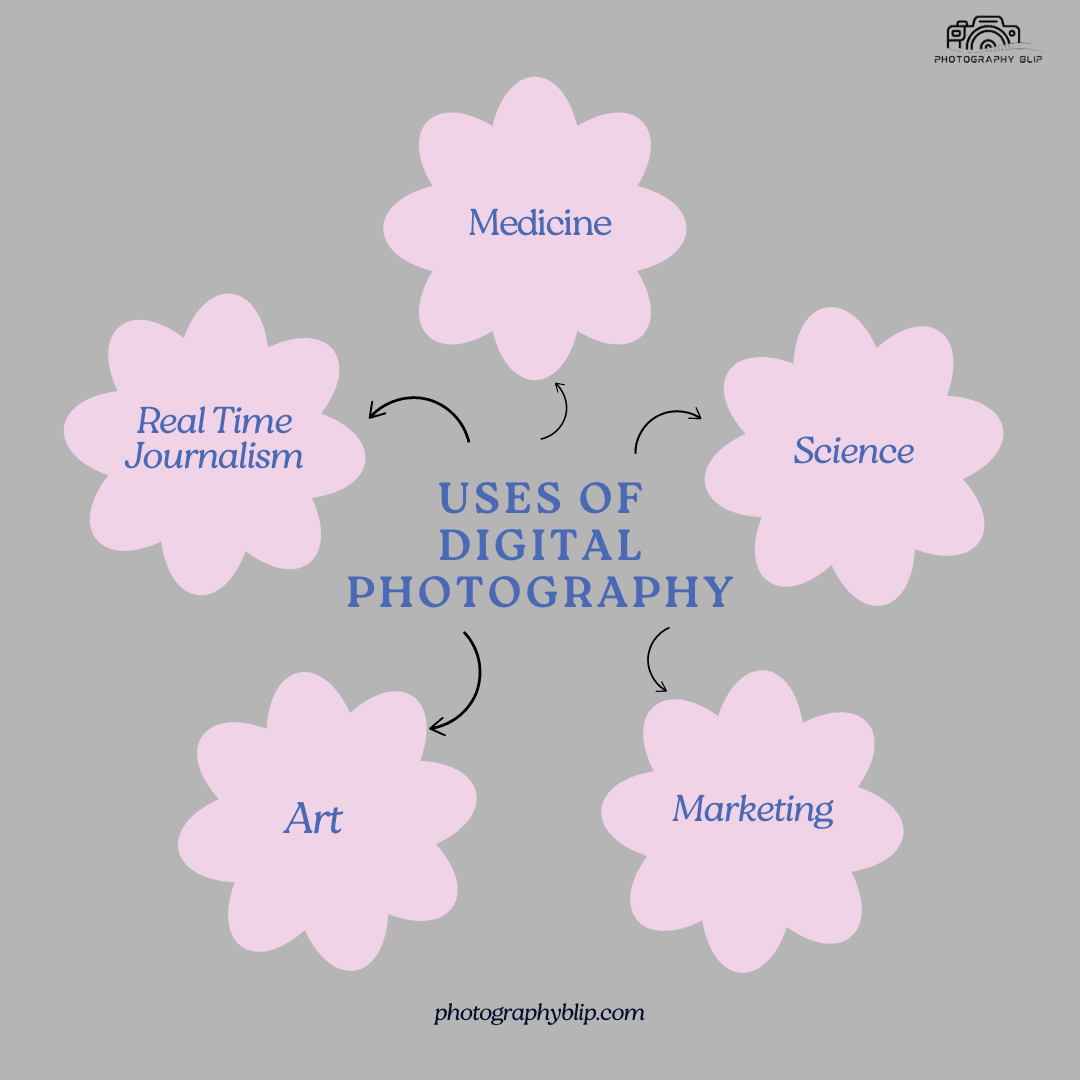
This type of photography has become widespread in both industry and daily life. How is it impacting the world around us?
1. Real-time Journalism
Photographers no longer have to wait to tell a tale until their film develops. Digital cameras facilitate real-time global connectivity by instantaneously collecting and transmitting photos from conflict zones, natural disasters, and breaking news events.
2. Medicine and Science
Scientific discoveries are made possible by digital cameras, from astronomy to microscopy. Researchers can look into anything from bacteria to distant galaxies with the aid of high-resolution photographs, which advances our understanding of the cosmos.
3. Creativity, Art, and Marketing
The definition of digital photography has completely changed the fields of art and advertising. While artists use photography to create spectacular, experimental works that push the boundaries of the medium, brands rely on striking graphics for their marketing strategies.
Future of Digital Photography
Digital photography is continually evolving along with technology. Thanks to artificial intelligence (AI), image quality is already being improved, and creative processes are even being automated. With the increasing integration of 3D, VR, and AR with digital photography, intriguing new possibilities for capturing and experiencing the environment are presented.
As technology advances, so do opportunities. Digital photography is only going to get better and better, whether you’re a pro trying to get the ideal shot or a hobbyist taking random photos with your phone.
Now, if you are fascinated enough and want to buy a digital camera for your photography needs, check out this page and grab yours now.
Final Words
To sum up the discussion, do you now know what digital photography is all about? I hope everything is clear about how digital photography has revolutionized today’s era. If you want to know more about other types of photography, such as landscape photography, explore this article and thank us later.



